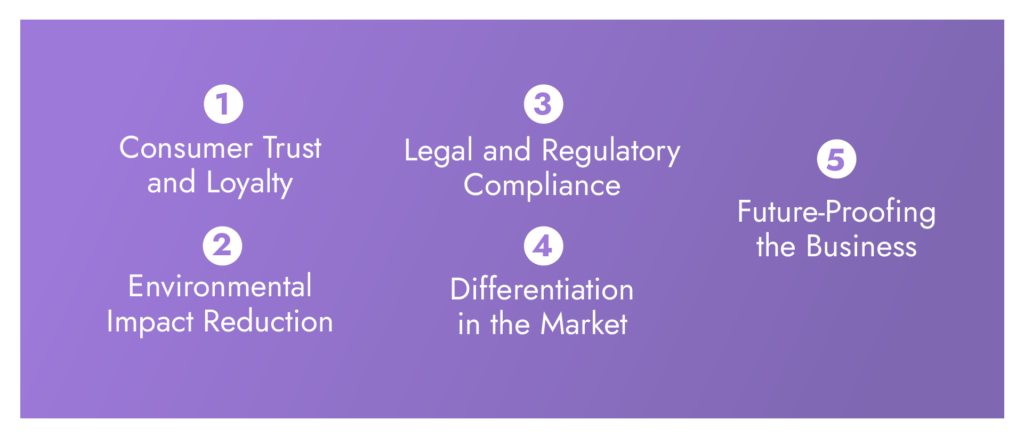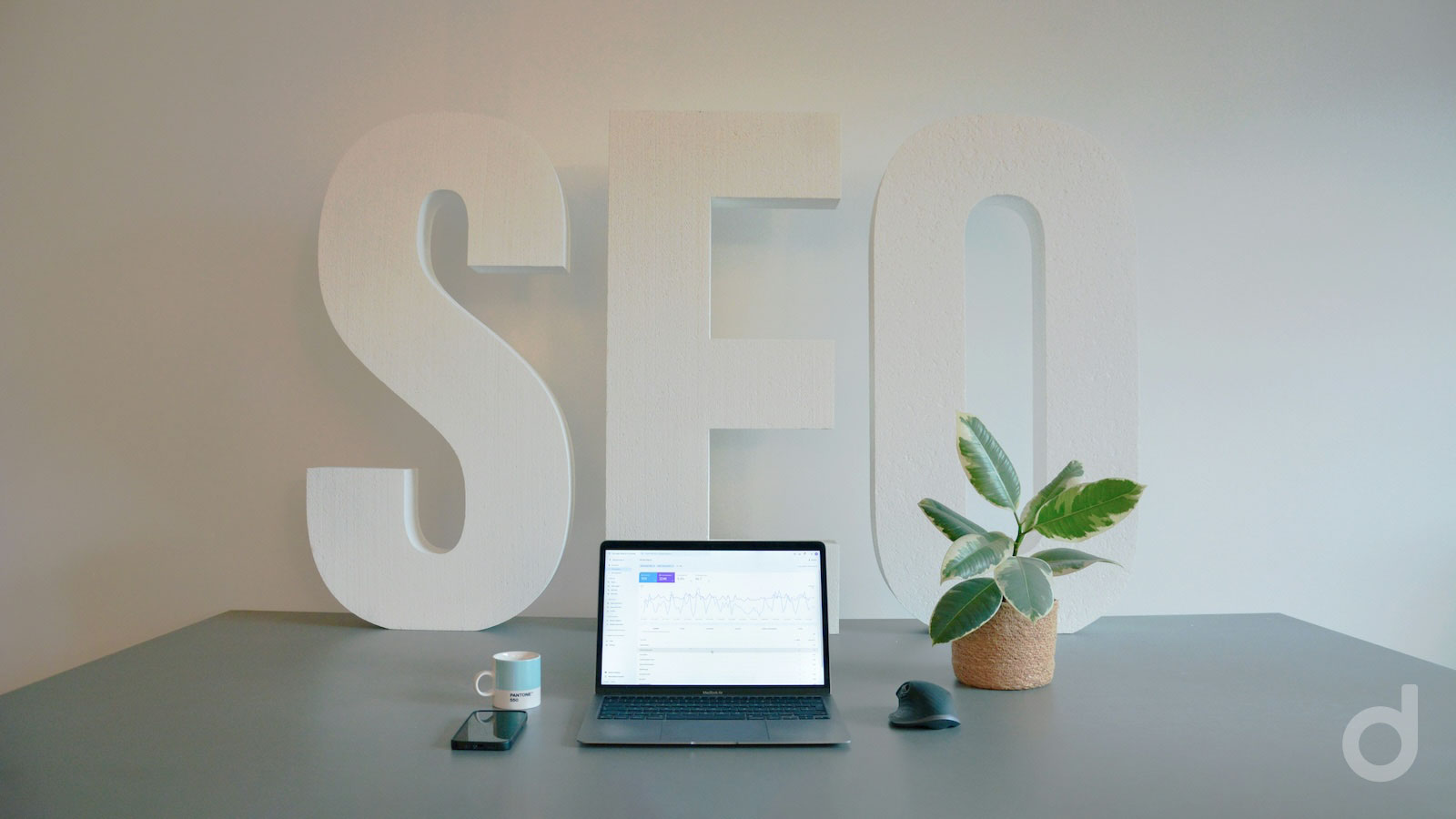More and more brands are catching on to the importance of being eco-friendly. It’s like a big concert, and sustainability is the star of the show. But wait, is everyone really singing to the right tune, or are some just pretending to be green? It’s no longer just about slapping an eco-friendly label on products; it’s about creating a lasting impact that resonates with the audience. Let’s dive into the simple notes of genuine sustainability in marketing and see how businesses can truly make a positive impact.
What is Sustainable Marketing?
Sustainable marketing is a comprehensive approach that integrates environmental, social, and economic considerations into a brand’s marketing strategy. It goes beyond surface-level eco-friendly claims, addressing the complete spectrum of a company’s impact on the planet and society. In contrast to green marketing, which often focuses solely on environmental features, sustainable marketing is a holistic perspective. It aims to cut through exaggerations and misleading labels, encouraging businesses to genuinely assess and mitigate their overall footprint.
This approach not only builds credibility but also forms an authentic foundation in brand development, resonating with environmentally conscious consumers seeking genuine connections in the marketplace. By embracing sustainable marketing practices, businesses contribute to a positive impact on both the environment and society, moving beyond green marketing buzzwords to create real and lasting change.

Weighing Hype and Impact
It’s essential to understand the difference between hype and real impact. Studies have shown that a significant 66% of consumers are willing to pay more for sustainable brands that demonstrate a positive impact on the environment and society. This highlights the increasing demand for authentic sustainability. However, amidst the buzz, it’s crucial to avoid falling for greenwashing tactics. Another study found that 40% of green claims made by companies were inaccurate or misleading, highlighting the necessity for consumers and businesses alike to be discerning and seek out genuine sustainability efforts that result in tangible positive outcomes.
Navigating through the hype requires a closer look at concrete actions and verifiable results rather than just surface-level promises. In 2023, there was a 70% increase in greenwashing incidents by banks and financial services companies globally, with 148 greenwashing cases reported in the global banking and financial services sector for the year ending September 2023, up from 86 in the prior year.
Why is sustainable marketing important?
- Consumer Trust and Loyalty: Sustainable marketing builds trust by showcasing a commitment to ethical practices, transparency, and social responsibility. When consumers believe in a brand’s dedication to sustainability, it fosters long-term loyalty.
- Environmental Impact Reduction: Sustainable marketing encourages businesses to adopt eco-friendly practices, reducing their environmental footprint. This not only contributes to global conservation efforts but also resonates with environmentally conscious consumers who seek products and services aligned with their values.
- Legal and Regulatory Compliance: With increasing awareness and concern for environmental and social issues, regulatory bodies are implementing stricter standards. Engaging in sustainable marketing ensures businesses stay compliant with evolving regulations, avoiding legal issues and potential reputational damage.
- Differentiation in the Market: As sustainability becomes a significant factor in consumer decision-making, businesses that prioritize and effectively communicate their sustainable practices stand out in a crowded market. This differentiation can attract a growing segment of environmentally conscious consumers.
- Future-Proofing the Business: Sustainability is not just a trend; it’s a necessity for the future. Embracing sustainable marketing positions a business to adapt to changing consumer expectations, industry standards, and global challenges.

Sustainable Marketing Examples
So, what does sustainable marketing look like in the real world? Here are a couple of examples that walk the talk:
Example 1: Patagonia’s Worn Wear Program
Patagonia, the outdoor clothing company, takes sustainability seriously. Their Worn Wear program encourages customers to buy used Patagonia gear or trade in their old items for store credit. This not only promotes a circular economy but also reduces the demand for new products, cutting down on the overall environmental impact.
Example 2: Toyota’s Hybrid Innovation
Toyota has been a front-runner in sustainable practices in the automotive industry. Their hybrid vehicles, like the Prius, are not just fuel-efficient but also contribute to lower emissions. By investing in and promoting hybrid technology, Toyota aligns its business with a more sustainable future.
Example 3: Coca-Cola’s “World Without Waste” Campaign
Coca-Cola, a global beverage giant, is actively addressing environmental concerns through its “World Without Waste” initiative. The company commits to collecting and recycling the equivalent of every bottle or can it sells by 2030. This sustainability-focused marketing campaign not only showcases Coca-Cola’s dedication to reducing plastic waste but also resonates with consumers who are increasingly mindful of their environmental impact.
Example 4: Airbnb’s “Green Pledge” Program
Airbnb, a pioneer in the sharing economy, recognizes the environmental impact of travel. In response, the company introduced the “Green Pledge” program, encouraging hosts and guests to adopt eco-friendly practices. By integrating this initiative into its marketing communications, Airbnb aligns itself with environmentally conscious travelers, ultimately attracting a segment of the market that values sustainable accommodation options.
Top 5 Sustainable Marketing Strategies
Now armed with additional examples, let’s delve into more strategies for businesses aspiring to achieve authentic sustainability in their marketing:
1. Transparent Communication
Use clear and concise messaging to highlight eco-friendly initiatives, ensuring that consumers understand the positive impact of choosing your brand.
Example: Develop a series of short, visually appealing videos for your social media channels. Showcase behind-the-scenes footage of your eco-friendly practices, from sustainable sourcing to energy-efficient manufacturing.
2. Educate and Engage Consumers
Use marketing channels to inform consumers about the environmental benefits of your products or services.
Example: Launch an interactive online quiz or game on your website or social media platforms. The quiz can educate participants about the environmental impact of everyday choices, and upon completion, users receive personalized recommendations for adopting more sustainable habits or rewards.
3. Collaborative Partnerships
Whether it’s collaborating with eco-conscious influencers or teaming up with environmental organizations, emphasize these collaborations in your advertising efforts. Showcase shared values and amplify the message of sustainability.
Example: Host a virtual event or webinar featuring guest speakers from reputable environmental organizations. Use advertising to promote the event, highlighting the expertise of your partners and the valuable insights attendees can gain. Offer exclusive promotions or products tied to the event, driving engagement and sales while reinforcing your commitment to collaboration.
4. Eco-Focused Product Positioning
Clearly communicate the eco-friendly features of your products or services through marketing materials. Use visuals and messaging that resonate with environmentally conscious consumers, emphasizing your commitment to sustainable practices.
Example: Design eye-catching packaging that visually communicates your commitment to sustainability. Use green advertising through visual storytelling on your product labels or website, explaining the eco-friendly materials used and the positive impact of choosing your product. Consider incorporating QR codes for customers to access additional information and videos about the product’s sustainability features.
5. Continuous Improvement
Regularly update your audience on new eco-friendly practices, product innovations, or green initiatives.
Example: Launch a social media challenge or campaign encouraging customers to share their own sustainable practices. Ask them to use a branded hashtag and tag your company in their posts. In return, showcase their efforts in a dedicated section on your website or feature them in your green advertising materials.
Digi Tip – Incorporate a green twist into your loyalty programs by offering incentives for eco-friendly behaviour, such as recycling, choosing sustainable products, or reducing energy consumption.
In a world increasingly attuned to sustainability, brands are shifting from mere eco-friendly labels to creating lasting impacts that resonate authentically with their audience. As we explore the genuine notes of sustainability in marketing, it’s crucial to differentiate between the hype and real impact. Businesses are discovering the keys to making a true positive impact, moving beyond surface-level promises, and building meaningful connections that stand the test of authenticity.




